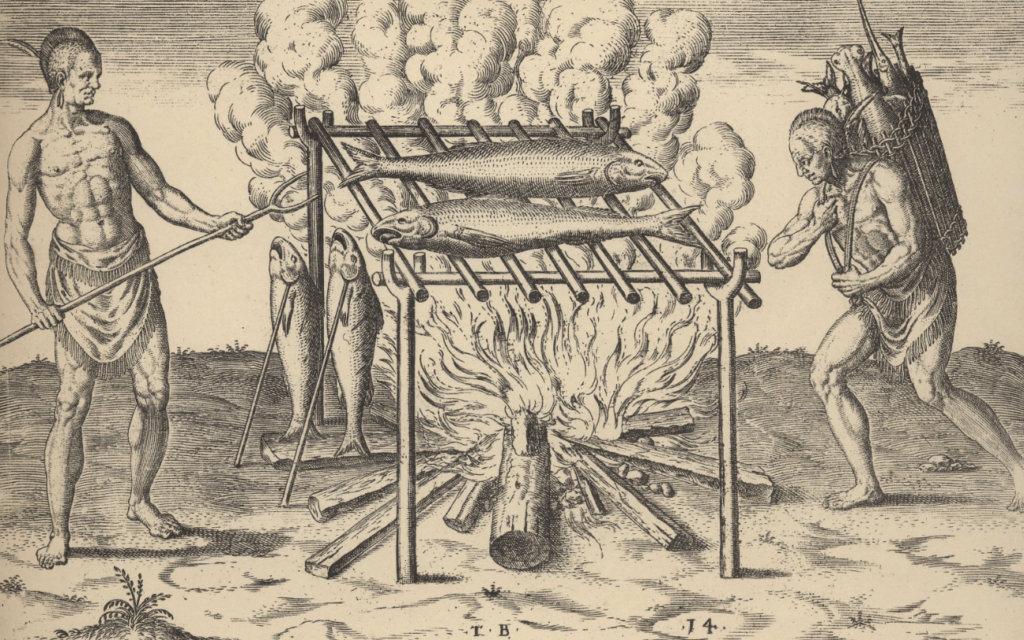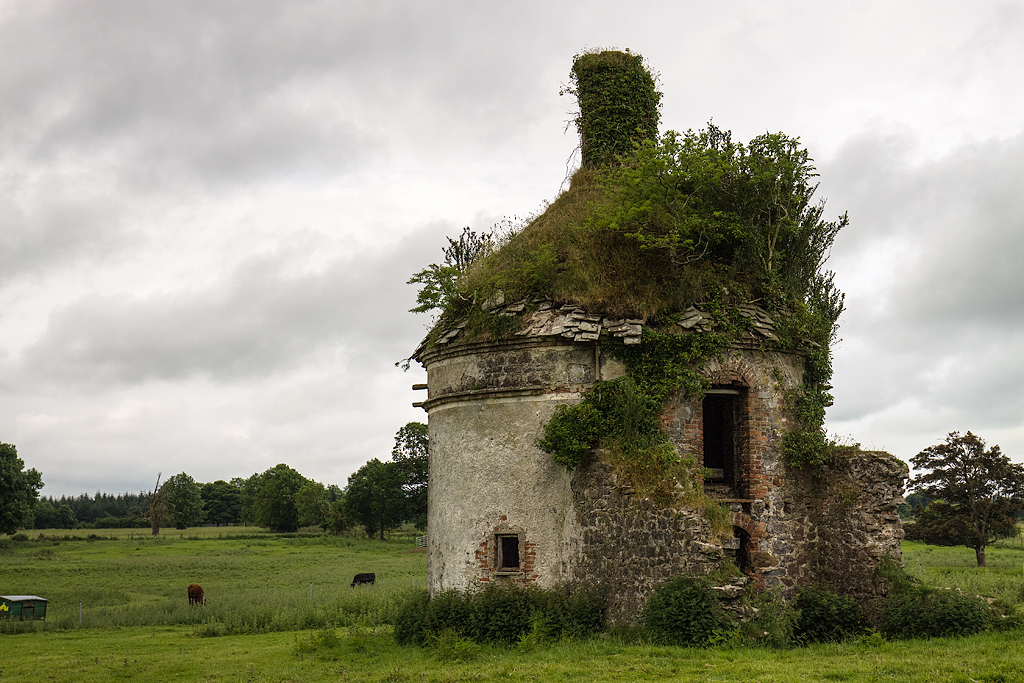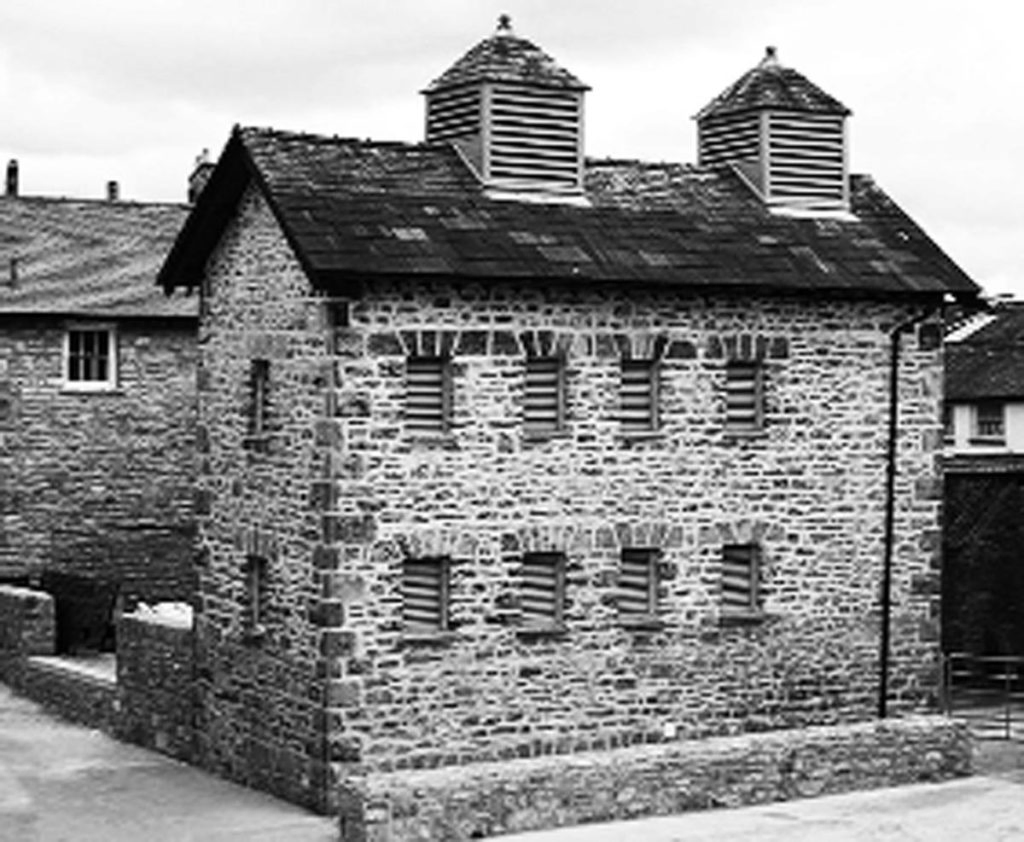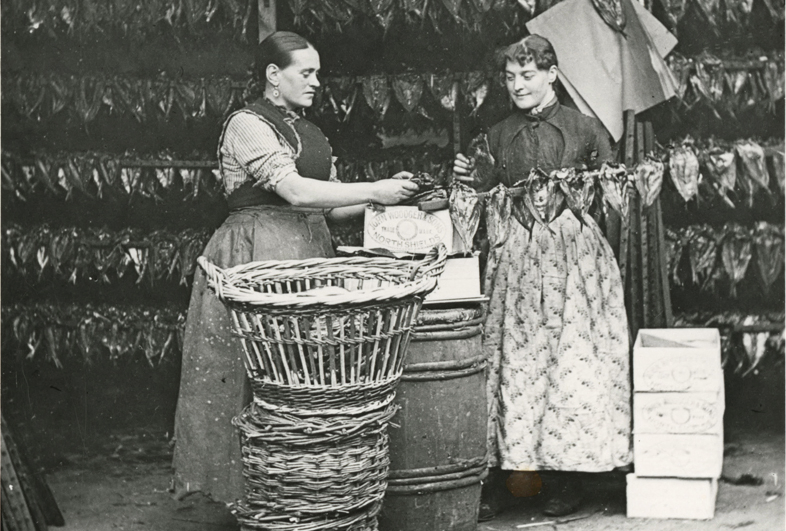
The practice of ‘smoking’ food has existed for many thousands of years. The exact story behind the discovery of this process is not entirely clear, but it is understood that it was one of the earliest techniques to help preserve meat and fish. Many communities of early humans throughout the Stone Age found themselves surrounded by waters that gave them an endless supply of fish. But there would be times when the fishing was less bountiful, so a means of preserving the catches was required. Smoked fish was an early solution to this problem.
How does fish smoking work?

Fish is smoked when it comes into direct contact with the smoke that rises from smouldering organic materials like wood and plants. The process relies on indirect heat, low temperatures and long cooking times, and the flavours it produces are truly mouthwatering.
Smoking helps preserve the fish as the smoke itself delivers an acidic coating onto its surface. This coating prevents oxidation and slows the growth of bacteria, which in turn slows the decomposition of the fish. The process also helps to dehydrate the meat, which also makes the environment less hospitable for bacteria. Preservation was the original purpose of smoking fish, but more effective methods of preserving food have since replaced it. Today, smoking fish is all about enhancing the food’s flavour and colour, and when it’s done right, the results are superb.
Where did the process originate?
This ancient technique has been passed down from generation to generation, century to century and into the modern era. In Medieval England, smokehouses were a common sight among communities all over the country. Pig meat was a common presence in these houses since it tends to deteriorate quickly. In coastal communities, however, smokehouses mainly dealt in preserving fish, and they were frequently inundated with catches that needed preserving. In more impoverished communities, people would attempt the process at home. They would pour ash over a fire to create a smoky environment, over which they would hang their meat.

The old coastal smokehouses from Medieval times were impressive structures for smoking and storing fish for consumption. These communal smokers had the responsibility of preserving meat for entire communities and were often under shared ownership. The fish would first be cured with salt and then put through a prolonged smoking process that would sometimes take two weeks or more. The fish was then moved and hung in a different section of the smoker, where they continued to be exposed to the smoke and could remain fresh for as long as two years in some cases.
Due to the lack of refrigeration technology in these times, smoking fish was considered state-of-the-art technology. The fish were not cooked to an internal temperature of 72°C because doing so would require strengthening the fire, which would fill the smokehouse with flames. Besides, the effects of food poisoning were unknown at this time.
From necessity to luxury

Though the process of smoking has undoubtedly existed for thousands of years, it is believed that the first commercial use originated in the 17th century. There are records of smokehouses where things like cold smoked trout became a desirable food for their culinary benefits. Many old smokehouses still stand in the UK today, a testament to the best possible design for a smokehouse using the technology available at the time.
The most effective old smokehouse design involved a square tower 2 metres wide and 6 metres high. The fire pit was outside, and there was a trench delivering smoke into the smokehouse. At the top of the tower, there were screened openings to vent the smoke, which had hinged covers outside to control how much smoke would escape. With the fire pit separate, and the height of the tower, the smoke was cool.

This is exactly what’s needed from a smokehouse, and it is a design that is reflected in many homemade smokers and even industrial units. Of course, a modern fish smokehouse has more technology, but the general concept is much the same.